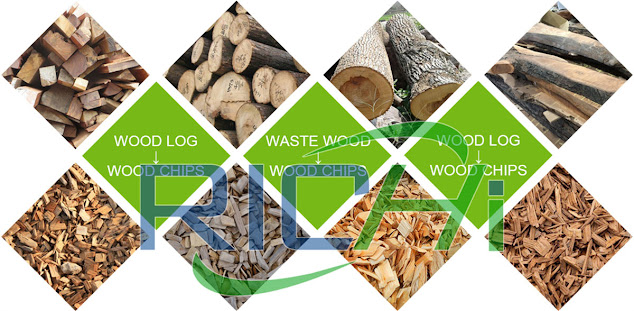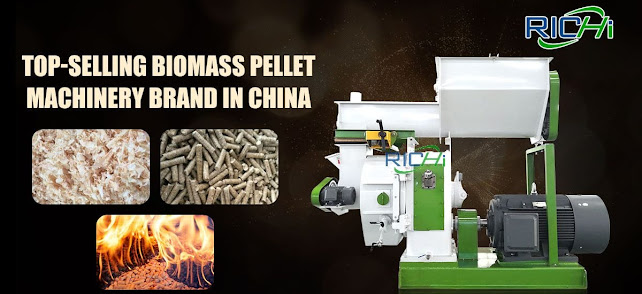How to choose how to quickly fatten broilers during the fattening period?
(1) The shell is clean and tidy in time;
(2) Lively and active eyes;
(3) Hair is clean, shiny, and of medium length;
(4) The umbilical cord heals well without blood stains;
(5) The abdomen is soft, medium-sized, and the egg yolk is well absorbed;
(6) Beaks, eyes and legs, and other non-deformed ones;
(7) Dry and white does not stick around the cavity;
(8) The hands of the chicks are warm and sensitive, the body is firm and elastic, struggling, the voice is clear and crisp, and the reaction is sensitive; the weight is not too big, but too small.
(1) The best packaging method is disposable paper chicken boxes or plastic chicken boxes. The bottom of the box should be cushioned with paper to facilitate slip resistance and moisture absorption. In order to facilitate loading and unloading, 2-3 chickens can also be bundled into a group. There should be a corresponding gap between each group of chickens to facilitate air circulation and heat dissipation.
(2) Ventilation and heat insulation
Observe the performance of the chicks every half an hour, and change the position of the chicken box in time to facilitate ventilation and heat preservation. The most suitable temperature for transporting chickens is 18-24°C. If the temperature in the car is higher than 28°C, you should shorten the interval between each chicken box, open the windows, and drink on the ground.
In long-distance traffic, it is strictly forbidden to stop for dinner or rest on the road.
In winter, we should pay attention to cold and heat preservation, but we must pay attention to ventilation, we must carry out gear shifting. Transportation in summer is more problematic than in winter, mainly because of overheated suffocating chicks. In winter, it is best to transport cone chicken at noon; in summer, in order to avoid high temperature, we should avoid high temperature.
Related cases:
Malawi 1-2T/H Animal Feed Pellet Plant For Poultry Chicken Broiler Hen
Qatar 1-1.2T/H Bird And Camel Feed Pellet Line
Indonesia 3-5T/H Ruminant Feed Plant For Sheep And Cattle Pellets Production
Uzbekistan 1T/H Floating Fish Feed Plant And 1-2TPH Extruded Cattle Feed Plant
Tanzania 3-5T/H Animal Livestock Poultry Pellet And Mash Feed Mill Project
Hong Kong 3-4T/H Ruminant Cattle Feed Plant Project
New Zealand 3-5T/H Animal Feed Plant Project For Chicken Feed Production
Tanzania 1-2T/H Small Poultry Pallet And Mash Feed Mill With Low Cost
Botswana 1-2T/H China Factory Price Livestock Feed Pellet Plant For Livestock Farm Use
(1) Choose non-polluting, water-absorbent, moisture-proof, dry and soft raw materials
For the cushion. Such as sawdust, flower making, rice husk or wheat flour, the plan is the best, the wheat is easy to knot.
(2) The moisture content of the cushion is 20% 30%, which is conducive to the chicken feather condition, feed conversion rate, coccidiosis and other parasitic diseases prevention and control, and the ammonia content of the chicken is also low. The mat is too dry and dusty, which can easily cause respiratory diseases in chickens.
(3) The thickness of the cushion is generally 7-10cm, which is thinner in summer and thicker in winter.
(4) In order to enhance the ventilation of the hen house, the bedding is often turned over to prevent knots. At the same time prevent water leakage. In summer, always remove wet bedding and add new dry bedding.
The purpose of rapid weight gain is to quickly promote muscle plumpness and body fat deposition. Therefore, special feeding management measures should be taken. Before 4 weeks of age, attention should be paid to meeting the protein requirements of broilers; after 4 weeks of age, you should consider increasing the energy level to provide a protein-to-energy ratio suitable for growth patterns and physiological requirements. During the fattening period, we must also strengthen the management of chickens, maintain a quiet living environment and dark light conditions.




Comments
Post a Comment